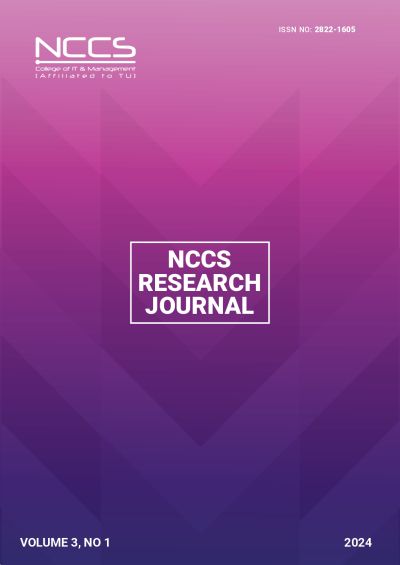Modeling CO2 Emissions in Nepal: The Role of Renewable Energy
DOI:
https://doi.org/10.3126/nccsrj.v3i1.72338Keywords:
CO2 emissions, renewable energy, economic growth, DOLS, environmental Kuznets curveAbstract
Climate change and environmental degradation, largely driven by carbon dioxide (CO2) emissions, have become significant global concerns. In Nepal, the challenge of balancing economic growth with environmental sustainability is pertinent due to the country's reliance on agriculture and hydropower. This study explores the relationship between CO2 emissions, socio-economic factors, and renewable energy consumption in Nepal, utilizing advanced econometric techniques. Using a 30-year dataset from 1991 to 2020, this study employs the Dynamic Ordinary Least Square (DOLS) model to examine long-term relationships between CO2 emissions and key independent variables such as renewable energy consumption, GDP, and human development. Unit root tests (ADF and PP) are conducted to ensure stationarity, followed by co-integration and causality tests. The findings indicate a positive and significant relationship between CO2 emissions and economic growth, supporting the Environmental Kuznets Curve (EKC) hypothesis. Conversely, renewable energy consumption is found to significantly reduce CO2 emissions, underscoring its role in mitigating environmental impacts. The coefficient for renewable energy consumption (LNREC) is -5.818686. This implies that for every 1% increase in renewable energy consumption, CO2 emissions decrease by approximately 5.82%. The results highlight the importance of renewable energy in balancing Nepal's economic and environmental goals.




